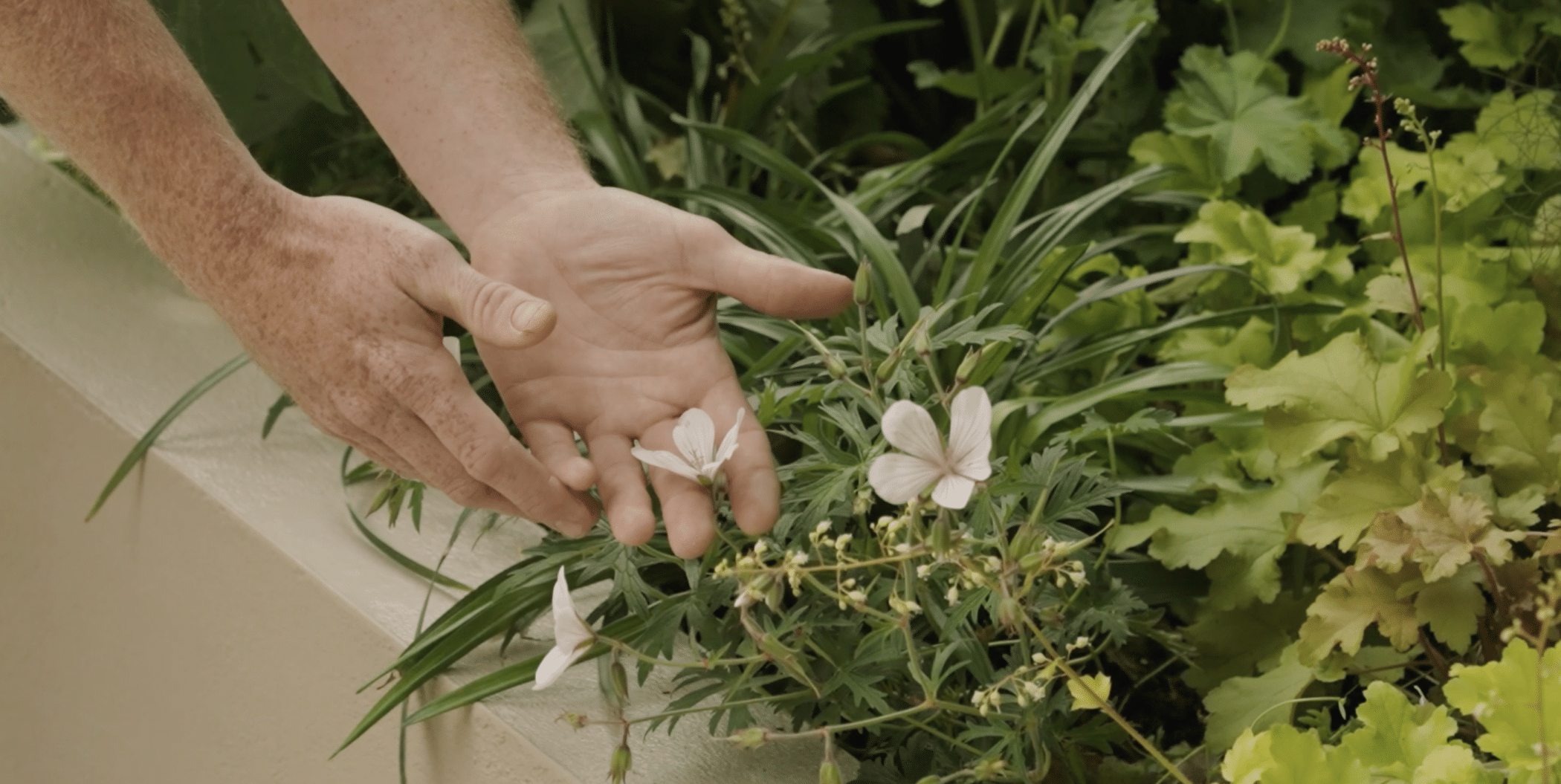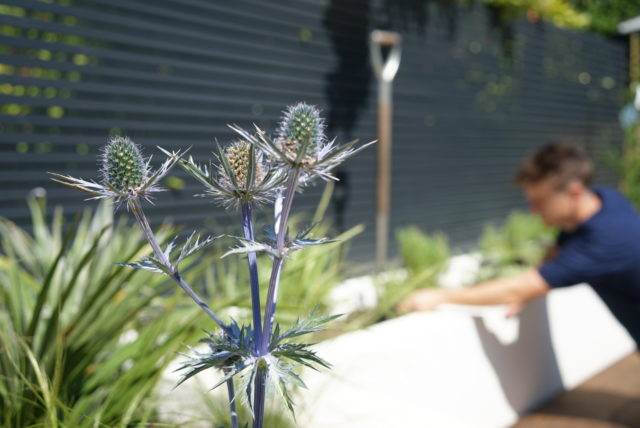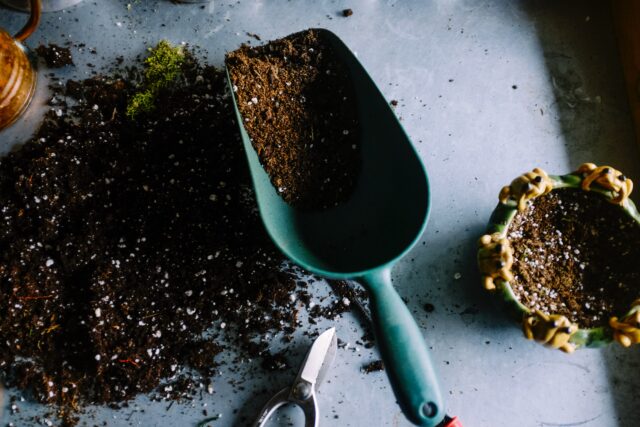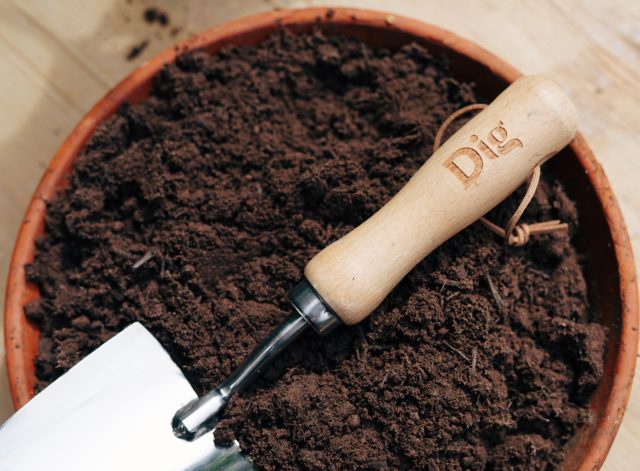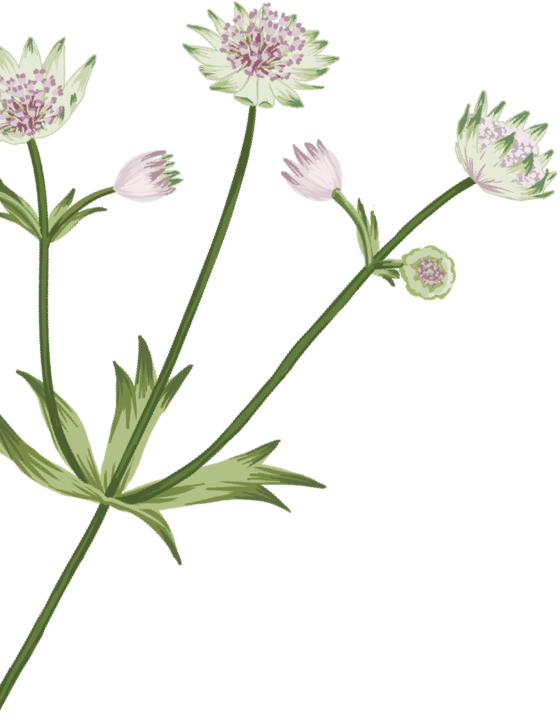Watering
First things first. Watering, watering, watering. With warmer temperatures, soil will be drying out and any residual moisture is more likely to evaporate away – particularly with new plants with less established root systems. If you have a new Dig bed, or containers, we recommend watering at least every three days at the moment – and more frequently if it looks like it needs it. It might feel like a lot of work, but it can be a calm, quiet and rewarding job. It’s best to water first thing in the morning or in the evening when the sun is lower in the sky. Take a look at a quick watering guide on Instagram here for more guidance!
Pruning and supporting
Now is a great time of year to prune Wisteria to encourage stronger flowering next spring. Cut back all of the long side shoots back to approx. 20cm. Side shoots refer to the branching shoots that come off each stronger central long branch
Support tall-growing perennials such as Hollyhocks, Delphiniums and Digitalis (Foxgloves) – particularly live in a windy area. Bamboo canes are a great way to sustainably support these taller growing plants, tying loosely but with a firm knot with some garden twine to ensure you don’t lose your showstoppers to high winds, or their own weight!
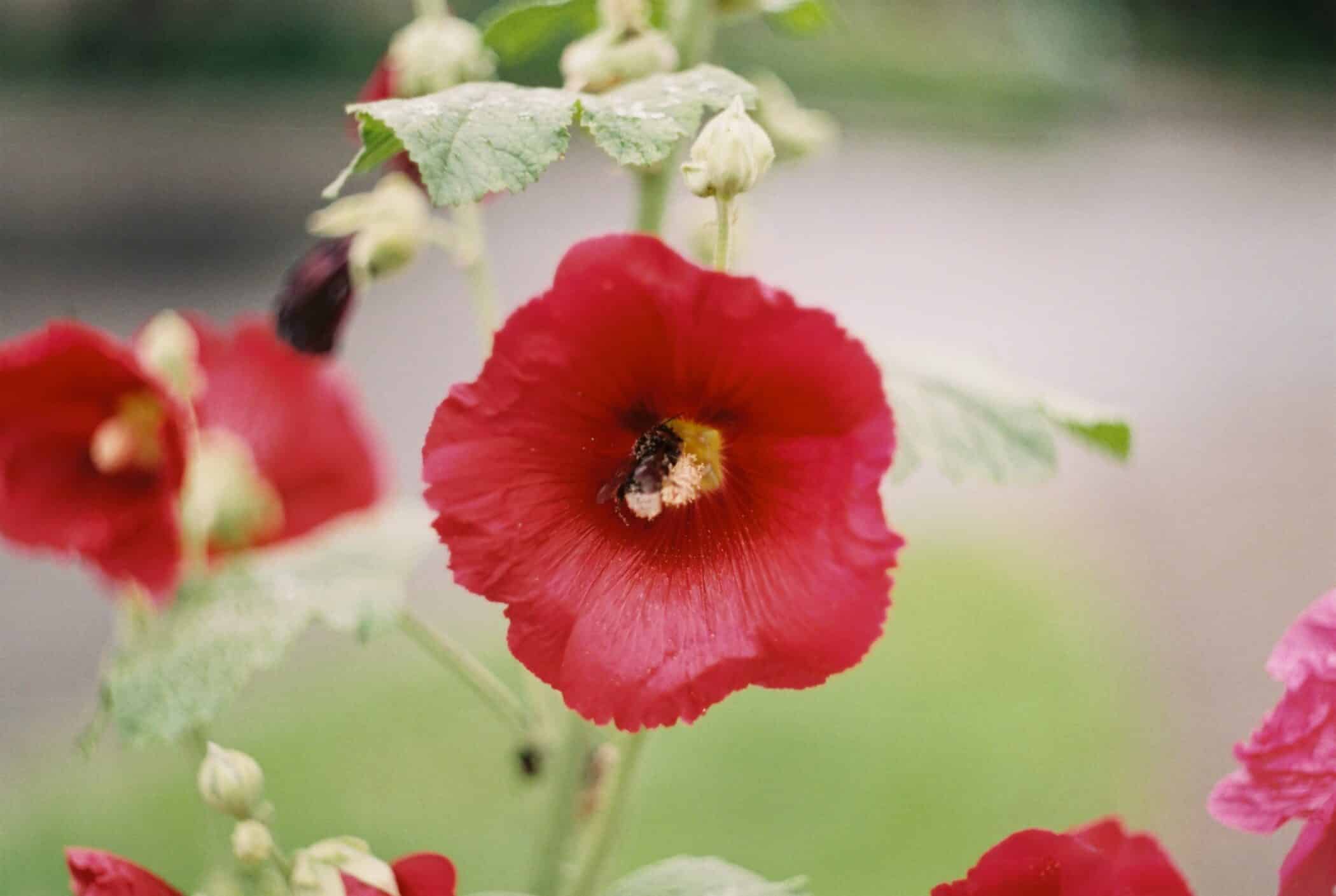
The same goes for supporting any other plants that look as though they might need a helping hand. Toppling over due to weight or wind can damage plants beyond repair so it’s a sensible idea to invest in some garden supports, or use bamboo canes as with your tall-flowering perennials above.
Deadheading for more flowers
Deadheading Roses, Geraniums, and Sweetpeas, amongst many other regularly flowering plants at this time of year is a great way to keep them flowering, encouraging more flowers to emerge. Once a flower looks like its beginning to turn simply snip it off, avoiding any new buds that are coming through, or even pull it away with your hands.
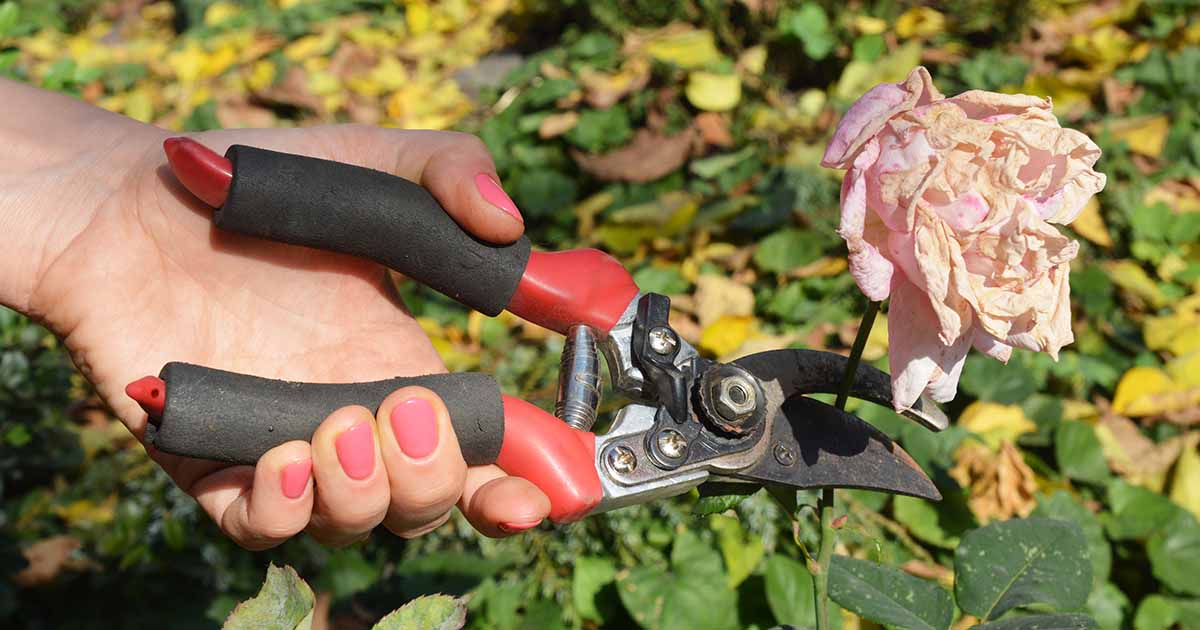
Summer herbs
Now is a great time of year to plant up a herb container. We live in an era where fresh herbs are available all year round, but summer is when they really deserve to be planted out to be made the most of. Rather than purchasing plastic packed cut herbs from the supermarket, consider buying a few of your favourites in pots for under ten pounds and planting them out in a long container to give them longer life all through the summer. Remember to cut herbs from a decent way down to encourage new growth, and remove any flowers you see growing to ensure the plant continues to put its energy into the useful bit!
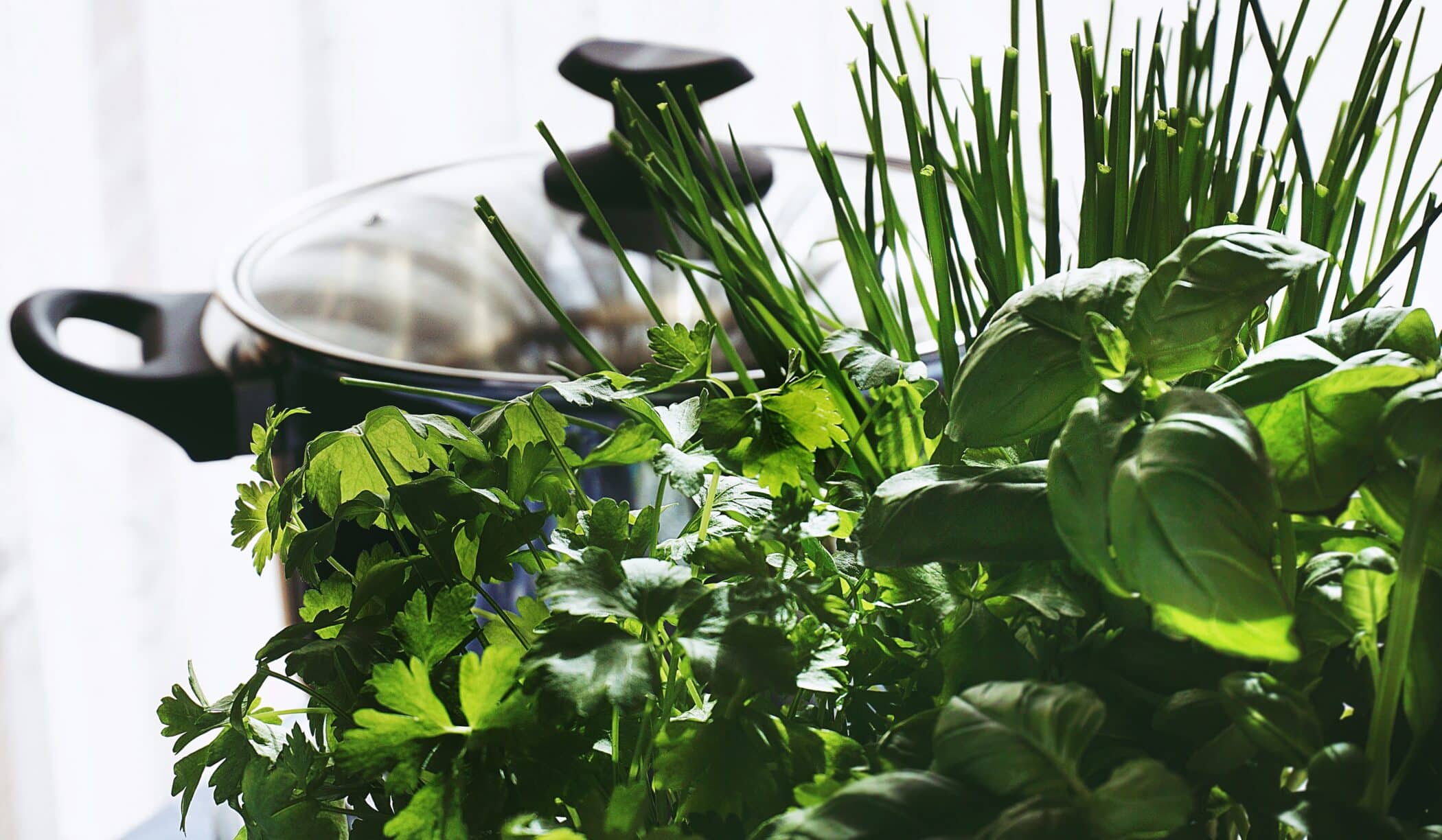
Trimming and feeding
Keep your lawn looking neat by trimming borders. Particularly if you have a lawn next to a flower bed, trimming the border back can really smarten your garden up, will ensure that the grass doesn’t take root in your flower bed, and, crucially, shines the spotlight on your Dig bed!
If you’ve planted up any hanging baskets to add some eye-height pops of colour to your garden, make sure to give them a feed at this time of year. They have limited soil to draw nutrients from, so it’s a good idea to give them a bit of extra help. Supermarket or garden centre available general purpose tomato feed will work perfectly.
A helping hand for nature
Plant jobs to one side, here are a few tips that will help you do your bit for your garden’s incredibly important eco-system.
- As always, we’re on the lookout for ways that we can help nature. If you have lots of lawn (or even if you don’t to be honest) consider keeping “No Mow May” going in certain areas. Leaving some lawn uncut will retain a vital habitat for insects, which feed birds and mammals, and keep your garden eco-system thriving.
- On a similar note, and with nature firmly in mind, don’t cut back hedges at this time of year. Though most of the nesting will be over by now, it’s better to be safe than sorry and wait until the end of the summer in August before cutting back any hedges to avoid disturbing any nesting birds. If you desperately need to trim back hedges, proceed with caution and start with manual shears rather than an electric hedge trimmer. (There’s a beautiful, mindful joy to using manual tools, we promise you.)
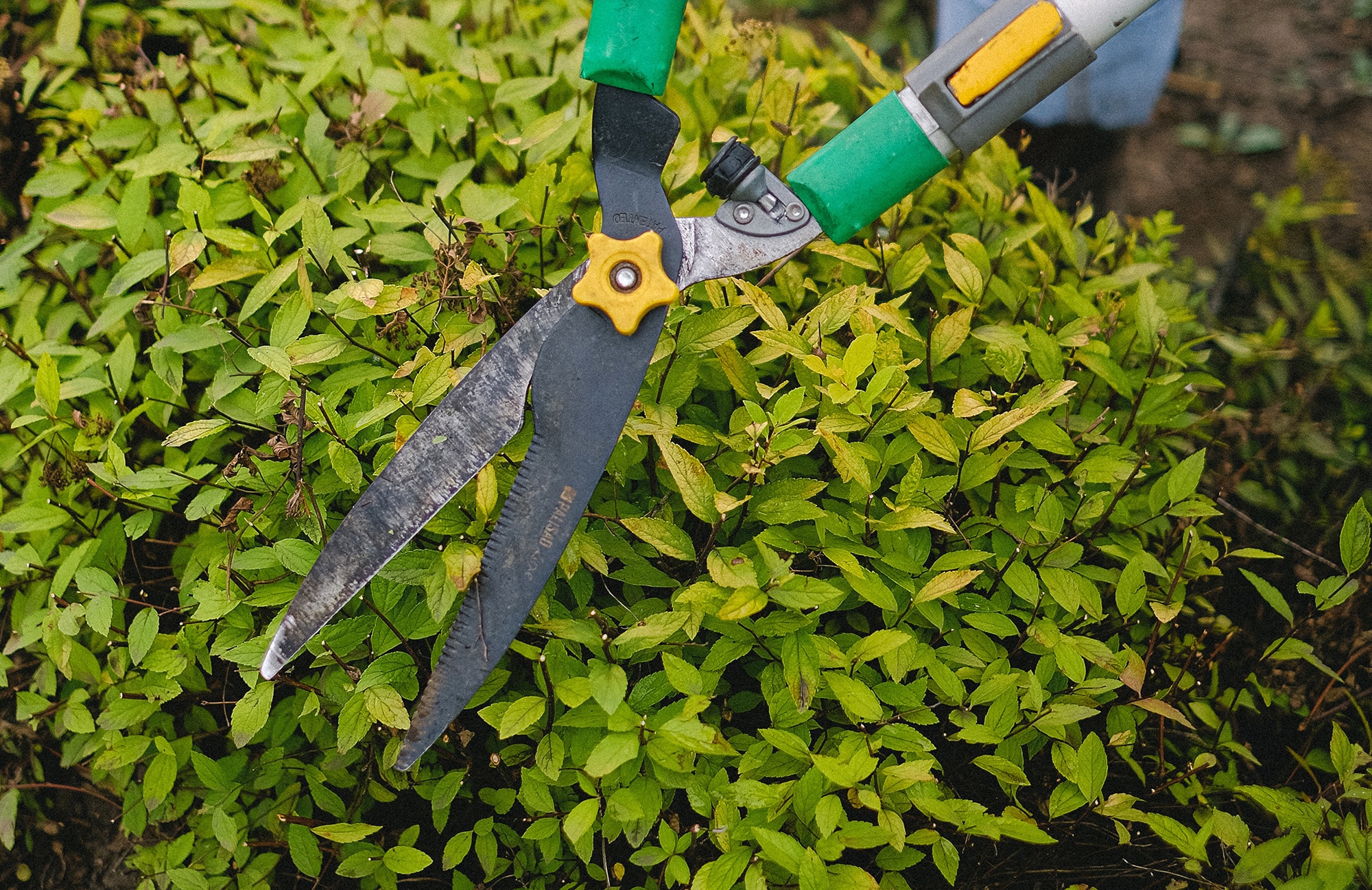
- Consider putting out a bird bath or tray full of stones with the water filled to halfway up them. This provides a drinking fountain for insects such as bees, and butterflies. And don’t forget to keep a more conventional bird bath topped up for the more feathery visitors too!
As always, if you have any specific questions, are uncertain about any plants, or want to run anything by us, just drop us a line at hello@digclub.co.uk or drop us a DM on our Instagram.
